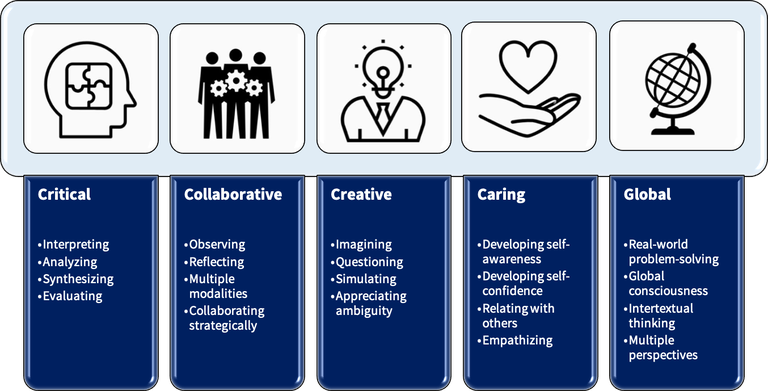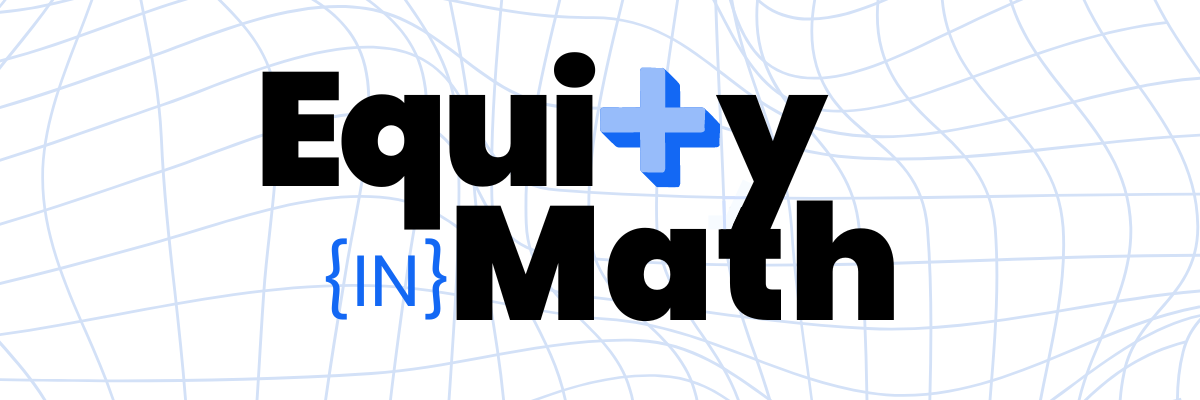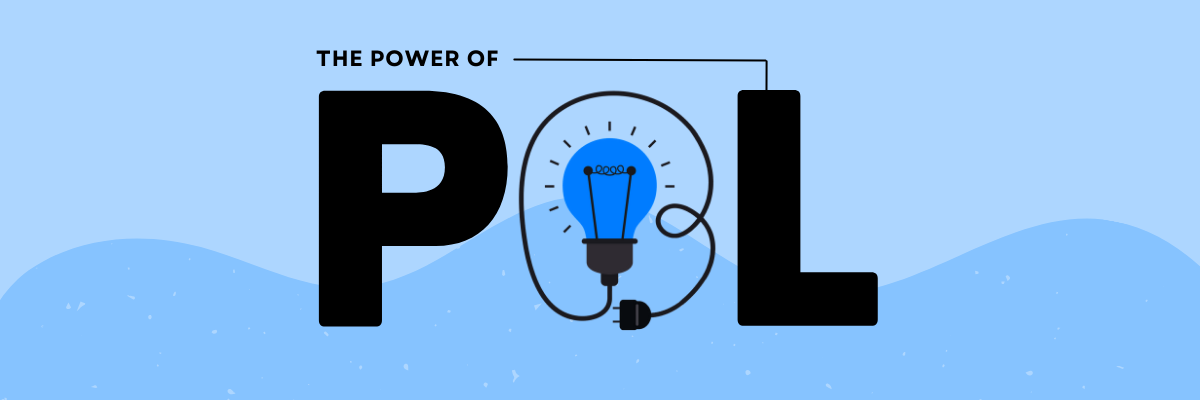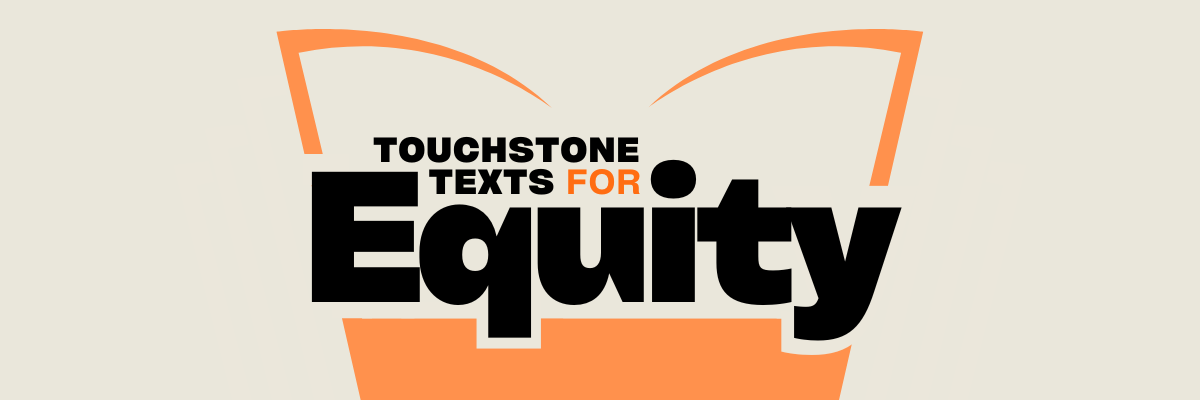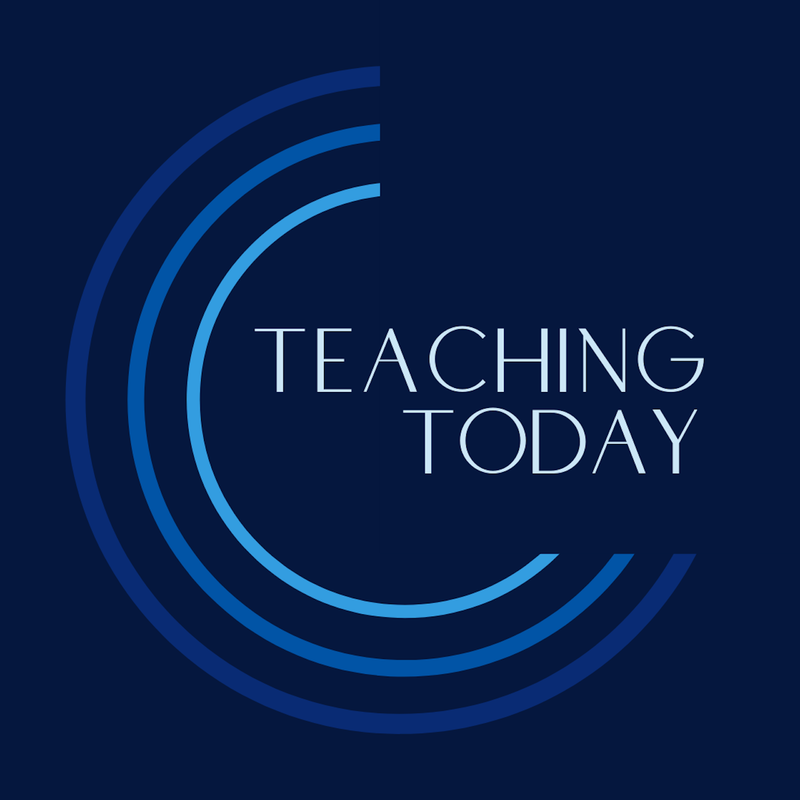|
What type of learning experiences do students need to lead in the future?
I recently provided the opening remarks for an institute with international educators about developing a 21st century pedagogy. As part of the talk, I wanted to draw a comparison between how I grew up and how kids are growing up today. I described how, when I was growing up, I had to use the card catalogue to find sources for my research paper, wait for film to be processed before I could see my pictures, and how I learned to type on a typewriter. These all seem like ancient technologies to us now, but it was a good reminder of how much has changed, and how quickly. The impact of these changes has made the world smaller, and more complicated as the advancement of technology has created more opportunities for globalization, instant communication with anyone in any time zone, and insights into the celebrations and challenges people experience around the world.
The reality is that the advancement of technology in the last twenty years has changed our culture in phenomenal and unpredictable ways, and we feel these changes acutely in schools. Whether it’s a challenge around developing and sticking to a cell phone policy for students, competing for time and attention in the YouTube generation, or how all of a sudden we find ourselves saying something like, “kids these days...” followed by something that was disappointing. As educators, we are confronted with the culture shift in powerful ways, and we know we have to do something about it. Many teachers, schools, and even districts have begun adopting the concept of preparing students to be global citizens as we recognize that students who are currently in 6th grade will be 25 years old in the year 2030, and that this generation of students will be the adults who deal with climate change, global economics, and the impact of massive voluntary and forced migrations. So the question becomes, what do kids these days need to learn and be able to do in order to feel prepared for the future where they will be leaders?
Using the Global Mindset Framework
This question is always a motivation for me to think critically about cultivating a curriculum with 21st century skills. In its current iteration, our research-based Global Mindset Framework includes 20 skills and capacities for global thinking that can be used to develop a thoughtful 21st century curriculum by transforming 20th century assignments into dynamic 21st century projects. Using the framework to guide or develop a unit plan or project can quickly transform our curriculum and instruction.
One way we can begin to transform our curriculum is by acknowledging that our current curricula are most often focused on a traditional 20th century set of thinking skills connected to Bloom’s Taxonomy (Knowledge, Comprehension, Application, Analysis, Synthesis, and Evaluation). Even in spinoffs like Marzano or Webb’s Depth of Knowledge or our own Rigormeter, we see Bloom as the foundational underpinning of most learning goals, content standards, and teacher objectives. This is great, because teaching toward global citizenship or towards 21st century skills absolutely requires students to be logical, rational, and critical thinkers.
Small, deliberate changes
To begin transforming our curriculum, we’ll want to consider adding one new skill from each Mindset of the framework. By making small, deliberate changes to a simple task, we can transform a basic 20th century task into a dynamic 21st century project in a very short period of time. Our first step is to begin with a basic task that we have taught in the past, or one we’re thinking of teaching in the near future. Let’s imagine that we’re teaching middle school Science and are in the middle of a unit on the solar system. Maybe the students’ assignment would be something like this: compare and contrast the features of the planets. We can easily locate this task in the Critical Mindset with a focus on analysis. As we move on, we’ll want to add an element of the Collaborative Mindset. We can scan the list of collaborative skills and pick any one that seems interesting, relevant to the students or the task, or easily connected. For this example, I’ve selected multiple modalities. This means that students will work together and communicate their learning in different ways — through writing, speaking, drawing, and so on. How can they use multiple modalities to compare and contrast the characteristics of the nine planets? They could create a chart, use a program like Powerpoint or Google Slides to design a visual presentation, or they can present something aloud. That’s three modalities — that seems good. Next, let’s add a skill from the Creative Mindset, keeping in mind that creativity isn’t about artistic ability, it’s about the ability to innovate and develop something new. The skills within creativity help students to think in stages that build toward innovation and imagination. For our unit on the solar system, let’s select the questioning skill. How can questioning connect to students’ comparison and contrast of the solar system and a presentation? Well, maybe part of their presentation includes questions that they’ve asked and found the answers to. This is a good skill because it will help students to focus on key facts and create more opportunities for them to take responsibility for their learning. Next comes the Caring Mindset. We want students to be socially and emotionally engaged with themselves and each other, so we’re looking for opportunities to build these skills directly in our instruction. One element we can focus on is building confidence. It makes sense that if students are developing a project that includes an oral presentation, they may get a little nervous, shy or uncomfortable. That’s okay! We want to push students to be brave and confident, and school should be a safe place for that experimentation. As a teacher, I’ll ask myself — what I can build into the project that will help students develop confidence? With an opportunity to practice their presentation and get some structured feedback from another student on their team, they may improve their presentation skills and gain more confidence, and can reflect on their process (before, during and after the final presentation). Finally, we get to the Global Mindset. I'll go through the exact same process and imagine how I can connect a skill from this mindset with the task at hand. Let’s go with real-world problem-solving. Students may think knowing about the planets or doing a presentation is an unimportant assignment, but framing this as a real-world experience can make the topic more engaging, more interdisciplinary, and more relevant. We can make a connection between their work in the classroom and the work of individuals in various careers. We can offer a scenario to students that includes a role for them to play, an imagined audience to present to, and a real-world format where this topic would apply. For our project, let’s imagine that our students are Scientists and Engineers presenting their findings to the UN in an effort to complete an international space mission.
Our reimagined, 21st century project
Let’s look at how our project has transformed. When we started, our 20th century task was to compare and contrast the features of the planets. Our revised, 21st century task looks more like this: You are on an elite team of Scientists and Engineers who have been assigned the responsibility of developing a proposal for an international space mission to one planet in our solar system for the UN Assembly. As a team, you'll do the following:
This process can be used in any content area and is a fantastic way to explore the transition from 20th century to 21st century learning. As educators, we have a special opportunity during this unique time period to think deeply about today's students as tomorrow's leaders. What type of learning experiences do they need to lead in the future? |
|
The Center for Professional Education of Teachers (CPET) at Teachers College, Columbia University is committed to making excellent and equitable education accessible worldwide. CPET unites theory and practice to promote transformational change. We design innovative projects, cultivate sustainable partnerships, and conduct research through direct and online services to youth and educators. Grounded in adult learning theories, our six core principles structure our customized approach and expand the capacities of educators around the world.
|
ABOUT US
525 West 120th Street, Box 182 New York, NY 10027 416 Zankel Ph: (212) 678-3161 [email protected] Our Team Career Opportunities |
RESOURCES
Professional Articles Ready-to-Use Resources Teaching Today Podcast Upcoming PD Opportunities |
COACHING SERVICES
Custom Coaching Global Learning Alliance Literacy Unbound New Teacher Network Student Press Initiative |


